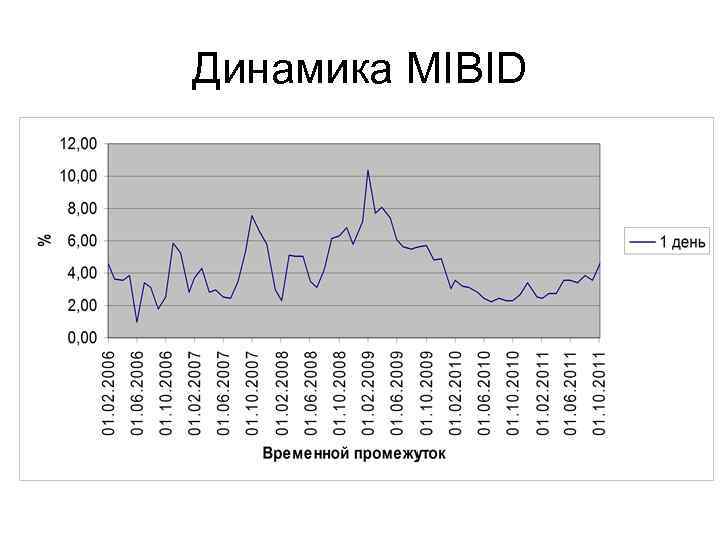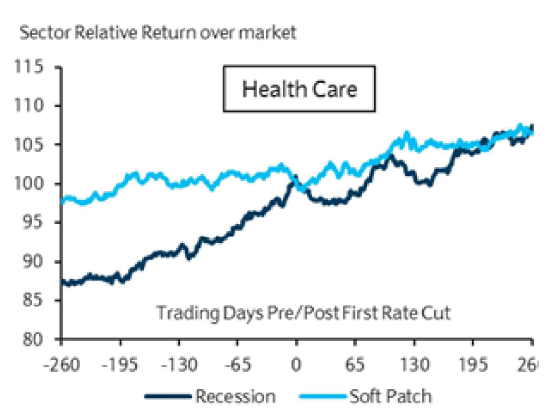Relevant Costing, Relevant Costing for Decision Making
21 ก.พ. 62Contents
Decisions must be made based on costs in the future rather than costs in the past. As a result, anticipated price shifts should be taken into account when adjusting costs taken from the database. Costs can be accumulated by the necessary cost objects https://1investing.in/ with the help of a suitable coding system. An opportunity cost is a hypothetical cost incurred by selecting one alternative over the next best available alternative. In addition, companies commonly use them when evaluating corporate projects.
Experts stated that in relevant costing, period of comparison is often incomplete or incomparable. Timing of cost and benefit is not important in the technique of relevant costing. On the contrary, the financial analyst considers the cash flow along with the timing of it. The consideration of time factors allows the discontinuation in the cash flow in financial management theories. Relevant costing suffers the limitation on this count but serves the practical objective of profit. Another issue in relevant costing is handling the opportunity cost.
Fixed costs are constant regardless of production levels, so higher production leads to a lower fixed cost per unit as the total is allocated over more units. If the products are making a contribution towards fixed expenses or in other words if selling price is above the marginal cost. However, these costs don’t signify that you won’t buy a watch or a movie ticket in the future. Companies focus on fixed and sunk costs compared to people because both affect profits. For example, a comparison of two alternative production methods may result in identical direct material costs for both the alternatives.

At this point, you might find it easier to think of responsibility centres as separate departments within an organization. Financial results and outcomes can be assigned to individuals throughout the organization thanks to responsibility accounting. For each responsibility centre, periodic performance reports are produced. Before taking the decision, managers must determine the variables that may have bearing on the choice and try to get information about those variables. Relevant price, in managerial accounting, denotes to the incremental and pointless value of implementing a enterprise decision.
As compared to irrelevant cost, occurrence of relevant costs must
Please don’t go the man in video, who is teaching wrong basic concepts of Relevant Costing. I have shown this video to Sarvanna sir, he said to me that this guy of video knows nothing and is illogically confusing students. These expenses are already incurred and non-reimbursable, which is why they should not be considered in future decisions, as the effort involved in sunk costs is the same in every situation. These are excluded from future budgets while making business decisions, and they remain the same irrespective of the outcome of any decision. For example, a manufacturing company may have several sunk costs, like rent paid for a plant, wages, machinery, equipment, etc. Costs that are affected by a decision are relevant costs and those costs that are not affected are irrelevant costs.
You may use the previous prices to help you predict those future prices, however the previous costs are in any other case irrelevant to the decision. Relevant costing makes an attempt to determine the objective cost of a enterprise determination. An goal measure of the price of a enterprise choice is the extent of cash outflows that shall end result from its implementation.
They can hamper the whole calculation and decisions relying on these will adversely have an effect on the profits of the company. If a value is going to happen whatever the determination being examined, it is not a related price. A company that is looking to maximize its profitswill produce up to the point where marginal cost equals marginal revenue . The Institute of Cost Accountants has constituted the Cost Accounting Standards Board to procure suggestions and uniformity in Costing. The board has issued 24 standards to create a better knowledge of distinct components of cost and better procedures to be used.

The reverse of a related cost is a sunk price, which has already been incurred whatever the consequence of the present decision. Also, ignoring irrelevant information in analysis can save effort and time. To summarize, decision making is an integral part of any business of human life.
Choose the correct answer from the options given below:
Examples of irrelevant costs are fixed overheads, notional costs, sunk costs and book values.The gamut is wider for irrelevant costs. Costs and revenues can be categorized according to whether or not they are relevant to a particular decision for the purpose of decision-making. However, the car’s fuel costs will be relevant to decision-making because they will vary depending on the option chosen. Irrelevant prices merely are prices that will not affect the choice. By analyzing these kind of irrelevant prices, administration will be wasting their time and efforts as these prices don’t affect the decision they will make.
To drop the unprofitable product and to leave the capacity unutilized. Whenever a decision is taken as to whether the capacity is to be expanded or not, following points should be kept in mind. Possible use of related capacity and facility as a result of buying instead of making.
But labour is available for making component D and E and also for assembly according to demand. The management is considering the purchase of one of the components A,B or C from the market to meet the increase demand. The essential pre-requisite for making managerial decisions by using incremental cost technique, is to compare the incremental costs with incremental revenues. The idea behind the concept of opportunity cost is that the cost of one item is the lost opportunity to do something else. Specific fixed costs of the unprofitable product, which can now be avoided or reduced.
Marginal cost is the change in the total cost that arises when the quantity produced is incremented by one unit; that is, it is the cost of producing one more unit of a good. During the next quarter only 10,000 units can be produced and sold. Management plans to shut down the plant estimating that the fixed manufacturing cost can be reduced to ₹ 74,000 for the quarter. Sunk cost as you might be already aware is a cost which has been incurred already and thus is not relevant for decision making. In this case, the direct material cost will remain the same whichever alternative is chosen. Sunk costs are not relevant for decision making because they are past costs.
- Other theorists described that related costs are future costs that may differ amongst options.
- Regardless of which machine is purchased in this scenario , sales revenue will not change.
- Cost is thus another vital concept in the study of business, so, without further ado let us start digging into its concept.
- But labour is available for making component D and E and also for assembly according to demand.
- The company is continuously incurring losses and management plans to shut down the plant.
Private cost implies the cost that is sustained when an individual produces or consumes something. The business person spends his/ her own private or business interests. The social cost is the cost to an entire society that results from a news event or a change in the policies. A direct cost is a cost that is related to the production method of a good or service.
(Cost concepts)
Relevant and irrelevant costs are two forms of prices that ought to be considered when making a new enterprise determination; thus, they’re two primary concepts in administration accounting. Relevant information is the anticipated future costs and incomes that can differ among the many alternatives related information . Relevant price is a term that explains prices that are incurred when making enterprise choices since they affect the long run cash flows. The rule here is to contemplate the costs that should be incurred as a result of continuing with the choice. The concept of related cost is used to remove unnecessary data that complicates the choice making course of.
Studies have demonstrated that relevant costs will make a difference in a decision. A relevant cost only relates to a particular management decision and which will alter in the future as a result of that decision. Other theorists described that relevant costs are future costs that will differ among alternatives. The main intent of relevant costing is to determine the objective cost of a business decision. An objective measure of the cost of a business decision is the degree of cash outflows that shall result from its execution. Relevant costing focuses on just that and overlooks other costs which do not influence the future cash flows.

Decisions at all times involve a minimum of two alternatives, and inspecting related prices is a software that aids on this course of. Sunk prices have already occurred and usually are not accounted for in relevant prices. Non-money items, corresponding to depreciation and amortization, are incessantly categorized as irrelevant costs for most kinds of administration choices, since they don’t influence money flows.
Why is relevant cost important?
As irrelevant costs are not affected by a decision, they are ignored in decision making. An item of cost may be relevant for one scenario and irrelevant for different. A related price is a value that solely relates to a specific management decision, and which is able to change sooner or later on account relevant and irrelevant cost of that call. The related value idea is extremely helpful for eliminating extraneous data from a specific choice-making process. In this situation, though direct material cost is the future cost to be incurred in accordance with the production, it is irrelevant, but, it is not a sunk cost.
The idea of opportunity cost in the concept of the cost was first begun by John Stuart Mill, a major in Economics. Indirect costs are expenses that could not be traced back to a single cost object or cost source. However, they are extremely important as they affect the total profitability.
A business only considers expenses and revenues that may change, but because sunk costs cannot be modified, they are not taken into account. A future cost has additionally to be different within the different different to creating it a related cost necessary for choice making. In different phrases, the prices which don’t change with the choice scenario are irrelevant costs not thought-about by management. A price item in one scenario can’t be both related and irrelevant cost on the identical time. When facing a possible project or investment, a supervisor should solely think about related costs and ignore all irrelevant prices. To recap, relevant costs are the long run prices that may differ among alternate options.

